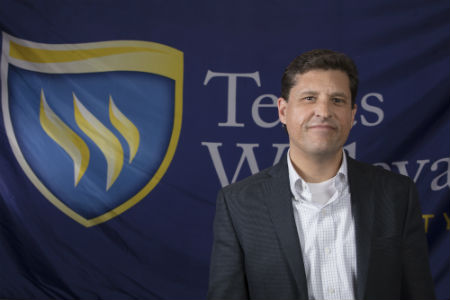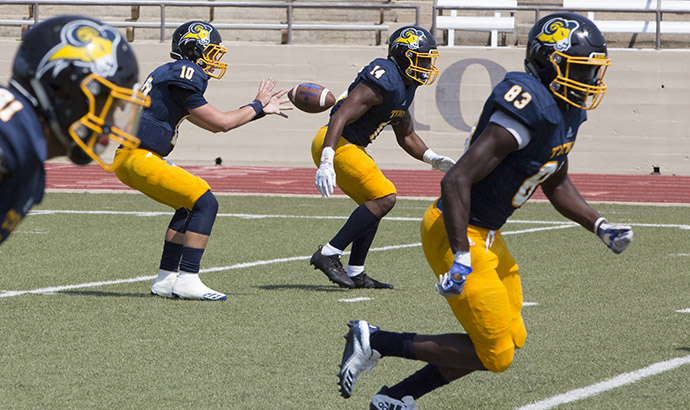The Dean's Column: Why liberal arts?

I am continually struck by the extraordinary transformation that I see taking place in so many of our students during their years at our university and in the efforts of our wonderful faculty who strive to facilitate such growth. Yet, I still regularly encounter individuals who ask, “what is a School of Arts & Letters,” or "what does it mean to pursue a liberal arts degree?"
These are good questions even for us to ponder. The term “liberal arts” dates back to at least the period of the late middle ages. It arose, as a reference to academic pursuits that were typically made available to an elite class, and differed from the more occupational training typically available to those of more marginal social groups. The word liberal referenced the “unrestricted” nature of these educational pursuits in terms of their subject matter, and the term “arts” referenced a grouping of topics of study that had to do with the cultivation of mental acuity, and included such areas as philosophy and law.
Today, while we have sought to overcome the social hierarchies of the middle ages, we still embrace liberal arts education. Why is this so? Perhaps, this was best illustrated by a recent American Association of Colleges & University study of the core qualities that were sought by prospective employers. Each of the most commonly sought qualities was linked to goals that underlie liberal arts education, and included: communication skills, critical thinking and problem solving abilities, intercultural awareness and the capacity to engage new ideas.
Proudly, when someone asks me, what we do in this school, I assert that we cultivate each of these vital skill sets. These represent the very foundations of liberal learning, and of a successful professional career. It is these skills that we seek to develop among the students taking courses within in our school.







